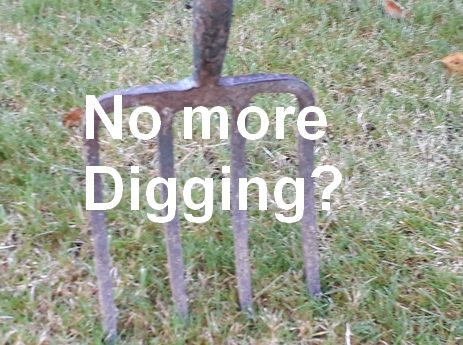What is No Dig gardening
October is a month when we see the last of the summer flowers and vegetable harvests and start to think about preparing the garden for next year. This is particularly true of a vegetable plot or allotment where the traditional autumn activity is to dig over the empty ground. Older gardening books will even recommend double digging - which is...

